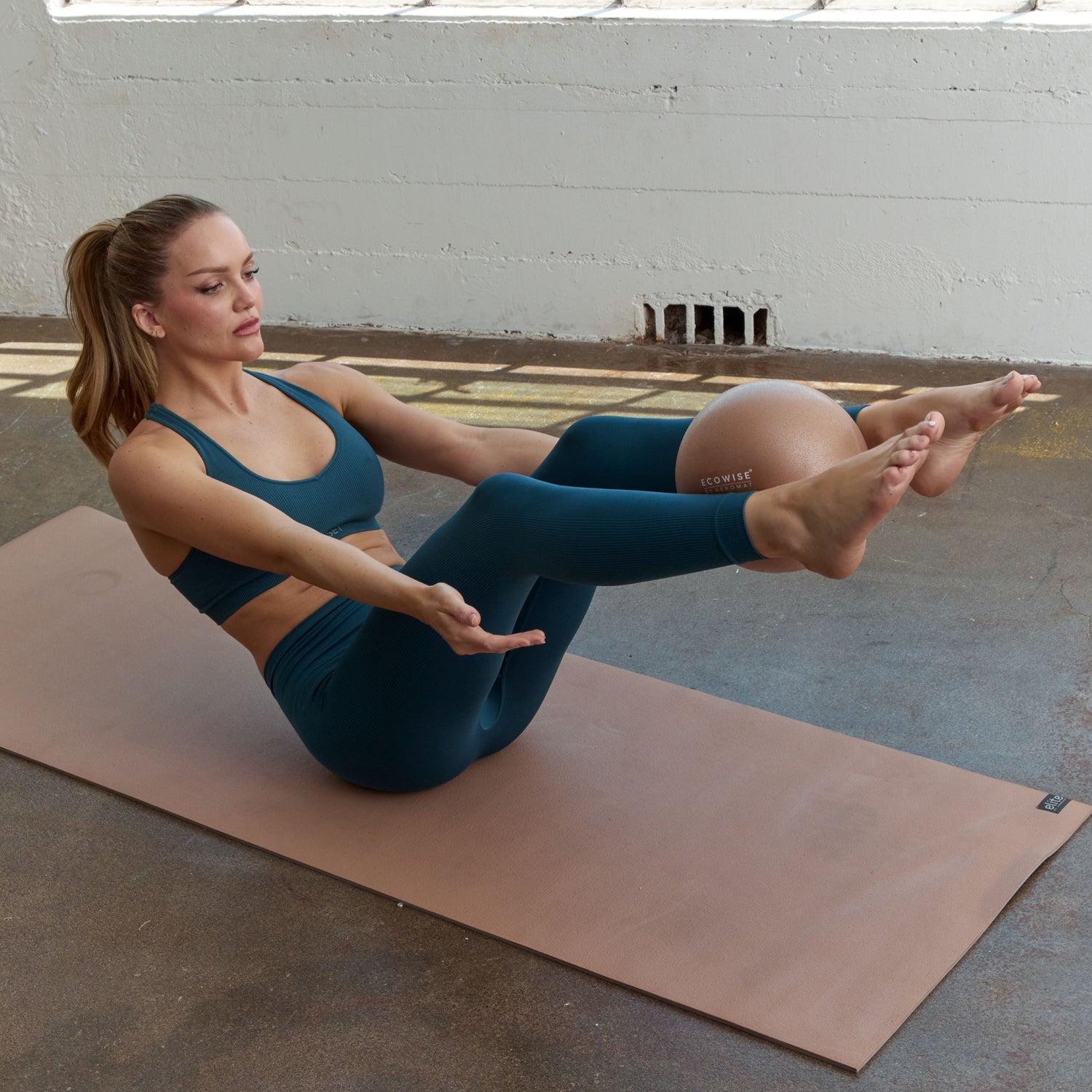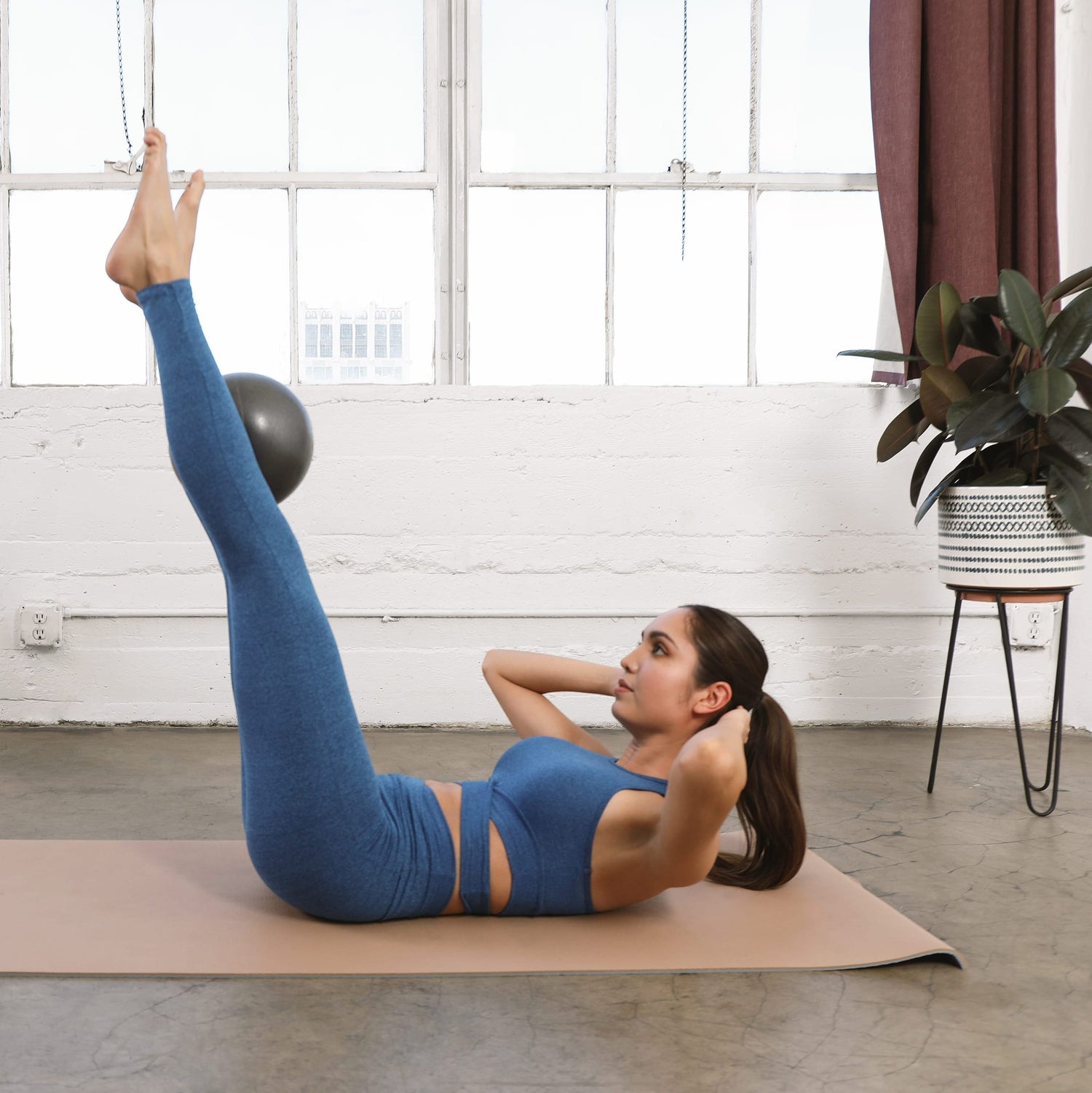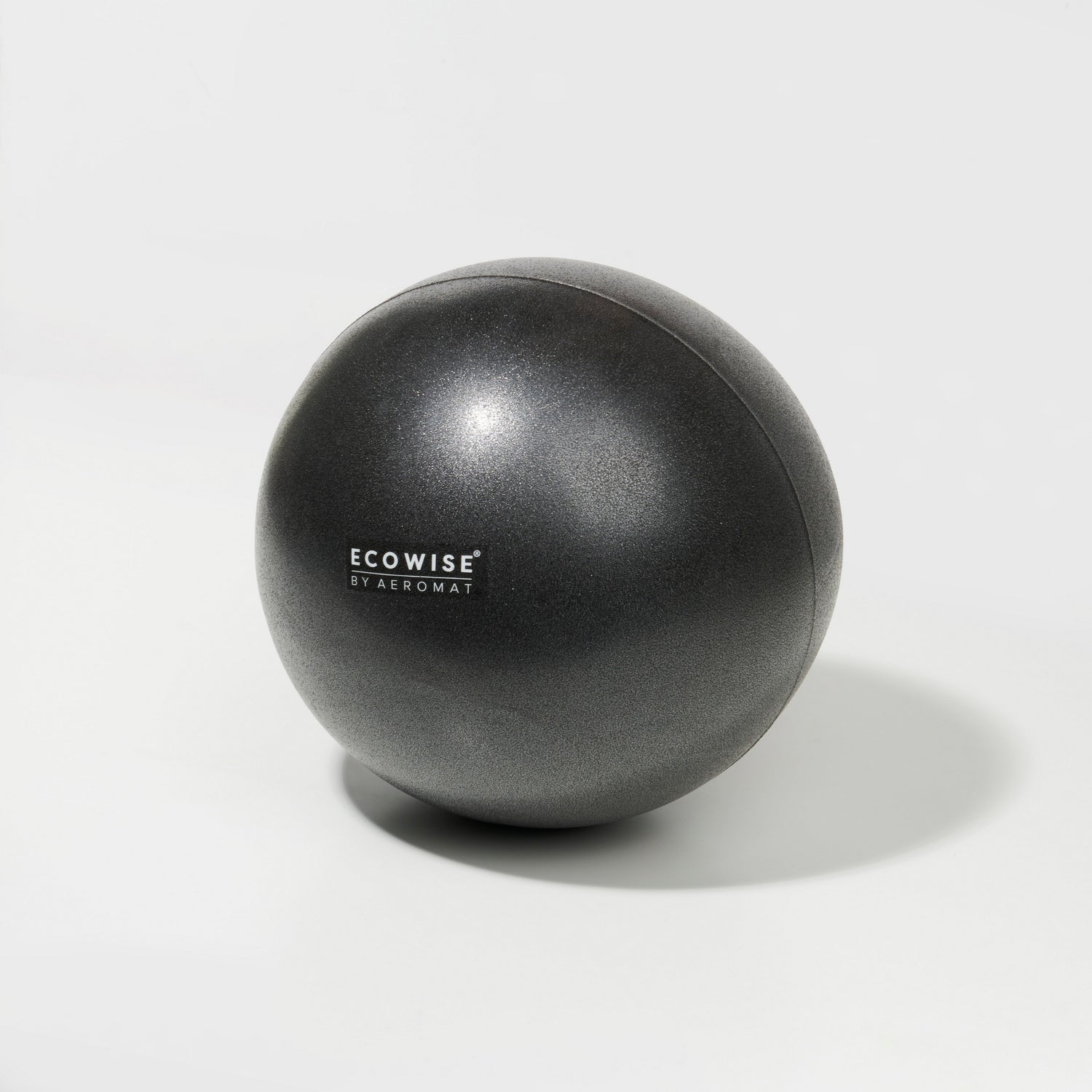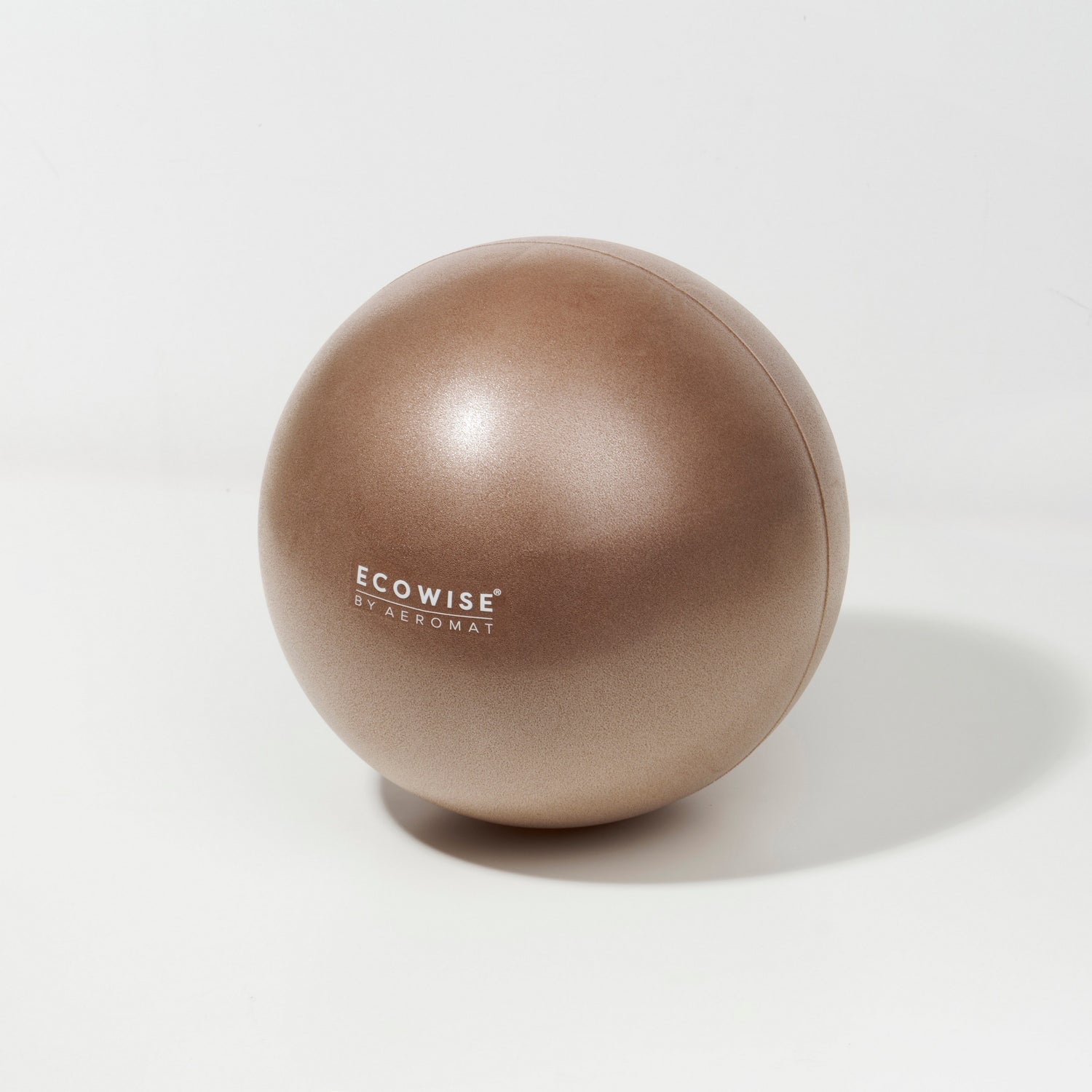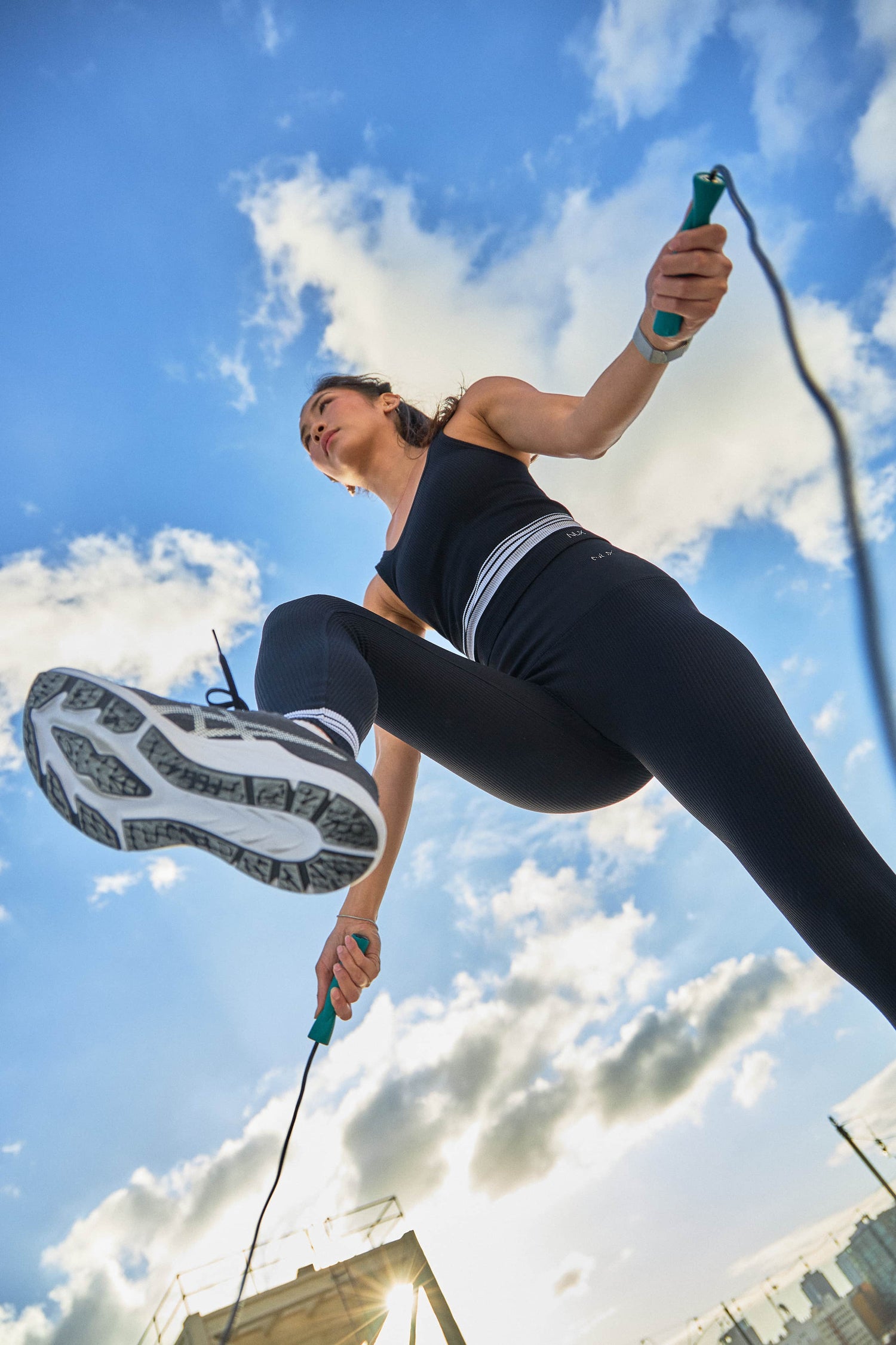In today's fast-paced world, where stress and long hours at a desk are all too common, our upper backs and shoulders often bear the brunt of our daily routines. The effects of poor posture, stress, and fatigue can take a toll on our upper body health, leading to discomfort and reduced mobility. But fear not, for there's a solution that can help combat these issues – scapular retraction exercises. These exercises are a key component of building upper back strength and enhancing shoulder mobility, offering a way to counteract the stress and fatigue that life throws our way. If you are looking for an effective scapular retraction exercise that works for you, we have you covered.

Understanding Scapular Retraction: The Foundation for Upper Body Health
Before we dive into the exercises, let's understand the importance of scapular retraction. The scapulae, or shoulder blades, play a vital role in facilitating smooth shoulder movement. Scapular retraction involves pulling the shoulder blades together, promoting proper posture, reducing shoulder pain, and enhancing athletic performance. By incorporating these exercises into your routine, you can experience improved overall upper body wellness.
Effective Scapular Retraction Exercises
Exercise 1: Standing Wall Angels
Standing wall angels are a fantastic way to kick-start your journey toward better upper back health.
How to Perform:
- Stand with your back against a wall, ensuring your head, upper back, and glutes touch the wall.
- Extend your arms to the sides, resembling a "W" shape.
- Slowly slide your arms up the wall, maintaining contact at all times.
- Retract your shoulder blades as you raise your arms, then reverse the motion.
Benefits:
- Activates and strengthens the muscles responsible for scapular retraction.
- Enhances thoracic mobility and overall posture.
- Improves shoulder stability, reducing the risk of injuries.
Exercise 2: Seated Row
The seated row, performed using resistance bands or a cable machine, isolates and engages the upper back muscles.
How to Perform:
- Sit down and grasp the handles, keeping your back straight and chest up.
- Retract your shoulder blades and pull the handles toward your torso.
- Squeeze your shoulder blades together before slowly releasing.
Benefits:
- Targets upper back muscles, promoting scapular retraction and control.
- Contributes to building overall upper body strength.
- Aids in maintaining balanced shoulder musculature.
Exercise 3: Prone Y Raises
Prone Y raises effectively target the muscles responsible for scapular retraction and elevation.
How to Perform:
- Lie face down on an exercise bench or mat.
- Extend your arms in a "Y" shape, palms facing down.
- Lift your arms off the ground, squeezing your shoulder blades together.
- Lower your arms back down in a controlled manner.
Benefits:
- Focuses on key scapular muscles, helping counteract poor posture.
- Enhances shoulder range of motion and stability.
- Supports improved upper body alignment.
Exercise 4: Face Pulls
Using a rope attachment on a cable machine, face pulls are excellent for targeting the upper back muscles.
How to Perform:
- Attach a rope to a high pulley and grasp the ends.
- Step back, extending your arms in front of you.
- Pull the rope towards your face, retracting your shoulder blades.
- Gradually release the rope back to the starting position.
Benefits:
- Strengthens the upper back, particularly the rhomboid muscles.
- Promotes scapular retraction and shoulder stability.
- Helps correct imbalances and enhance overall shoulder health.
Exercise 5: Inverted Rows
Inverted rows offer a versatile bodyweight exercise for scapular retraction.
How to Perform:
- Set up a bar at waist height or use TRX straps.
- Lie beneath the bar, gripping it with an overhand grip.
- Keep your body straight and pull your chest towards the bar.
- Lower yourself down with control.
Benefits:
- Engages upper back muscles and challenges core stability.
- Improves scapular retraction and shoulder blade control.
- Adaptable for various fitness levels.
Exercise 6: Prone Scapular Squeezes
Activate your mid-trapezius and rhomboids with this simple floor exercise.
How to Perform:
- Lie facedown with arms extended overhead.
- Squeeze shoulder blades together briefly.
- Release and repeat.
Benefits:
- Enhances posture and mobility.
- Activates mid-trapezius and rhomboids.
Exercise 7: Seated Cable Row
Strengthen your rhomboids, latissimus dorsi, and trapezius with this machine exercise.
How to Perform:
- Sit at cable row machine.
- Pull handles to torso, retracting shoulder blades.
- Release and repeat.
Benefits:
- Improves posture and pulling strength.
- Targets rhomboids, latissimus dorsi, and trapezius.
Exercise 8: Bent Over Dumbbell Rows
Strengthen your latissimus dorsi and rhomboids with bent over dumbbell rows.
How to Perform:
- Hold dumbbells, hinge at hips.
- Pull dumbbells to hips, squeeze shoulder blades.
- Lower dumbbells.
Benefits:
- Enhances posture and spine stability.
- Targets latissimus dorsi and rhomboids.
Integrating Scapular Retraction Exercises into Your Routine: Tips for Success

While these exercises offer numerous benefits, proper form and technique are crucial to prevent injuries. Aim to perform these exercises regularly and gradually increase intensity over time. Consider incorporating them into a full-body or upper body workout for a well-rounded fitness routine.
- Perform these exercises 2-3 times per week.
- Aim for 2-3 sets of 10-15 repetitions.
- Gradually increase resistance as your strength improves.
- If you're new to exercise, consult a professional for guidance.
Common Mistakes to Avoid
While these scapular retraction exercises are effective, it's important to avoid common mistakes that can hinder progress. Some of these mistakes include:
- Using excessive weight, compromising form.
- Rounding the shoulders during exercises.
- Overarching the lower back, leading to improper posture.
- Remember, focusing on proper form is key to reaping the full benefits of these exercises.
Benefits of a Scapular Retraction Exercise
Incorporating a scapular retraction exercise into your fitness routine can be a game-changer for your upper body strength, shoulder mobility, and overall well-being. By engaging key muscle groups and promoting proper posture, these exercises are your gateway to combating stress and fatigue. Start your journey today, and let the power of scapular retraction lead you to a stronger, more mobile you.
To further support your fitness journey, check out Aeromat's collection of recovery equipment, including foam rollers, balance tools, and therapy equipment. Discover how these tools can enhance your recovery and overall well-being.
Elevate Your Recovery and Wellness with Aeromat
Discover a holistic approach to wellness with Aeromat. As a trusted provider of recovery and wellness equipment, Aeromat offers a range of products designed to enhance your fitness journey. From foam rollers and balance equipment to therapy tools, our collection supports your recovery and overall well-being.
Explore Aeromat’s Collection of Recovery Equipment
Start your journey to a stronger upper back and improved shoulder mobility today! Explore Aeromat's range of recovery equipment, from foam rollers and balance tools to therapy essentials. If you have any questions or need assistance, don't hesitate to reach out. Your upper back health matters, and we're here to support you every step of the way.

FAQs
What is the purpose of a scapular retraction exercise?
The primary purpose of a scapular retraction exercise is to strengthen and activate the muscles responsible for pulling the shoulder blades (scapulae) together. By engaging muscles like the rhomboids and mid-trapezius, these exercises improve upper back strength and shoulder stability. This, in turn, enhances posture, reduces the risk of shoulder injuries, and contributes to overall upper body wellness.
Should you retract your scapula for good posture?
Yes, retracting the scapulae is an important component of maintaining good posture. While it's not necessary to maintain retraction constantly, practicing scapular retraction exercises can help develop the muscles needed for proper shoulder alignment.
Are scapular retraction exercises suitable for all fitness levels?
Yes, any scapular retraction exercise can be adapted to various fitness levels. It's important to start with proper form and lower resistance if you're a beginner. As you progress, you can gradually increase intensity and resistance to challenge your muscles.
Can scapular retraction exercises help with my posture-related discomfort?
Absolutely. Scapular retraction exercises target the muscles responsible for maintaining good posture. Regular practice can help alleviate discomfort associated with poor posture and contribute to better overall alignment.
Can scapular retraction exercises improve my athletic performance?
Yes, a good scapular retraction exercise can contribute to improved shoulder stability, mobility, and upper body strength, which are essential for many athletic activities. Incorporating them into your training routine can enhance your overall performance.
Can I perform these exercises at home without specialized equipment?
Yes, many scapular retraction exercises can be done using minimal equipment or even just bodyweight. However, incorporating tools like resistance bands or dumbbells can add variety and challenge to your routine.
How do Aeromat products complement scapular retraction exercises?
Aeromat offers a range of recovery and wellness equipment that can enhance your scapular retraction exercise routine. Products like foam rollers and therapy equipment can aid in post-workout recovery and relaxation, promoting overall well-being.

